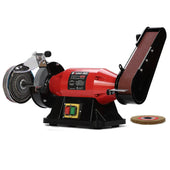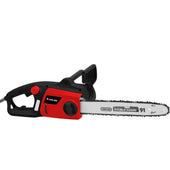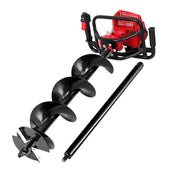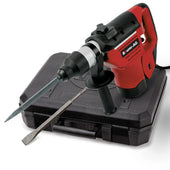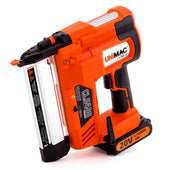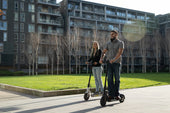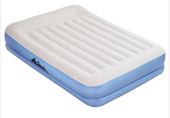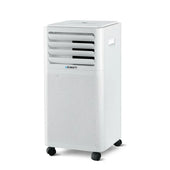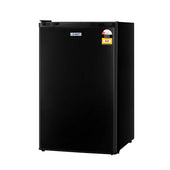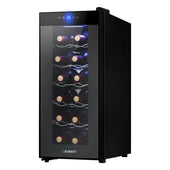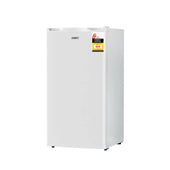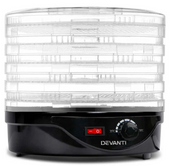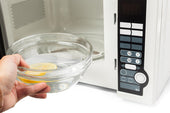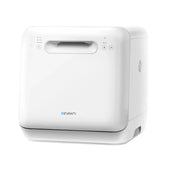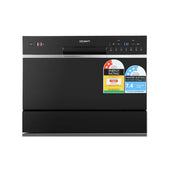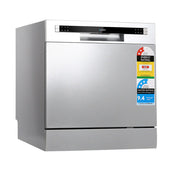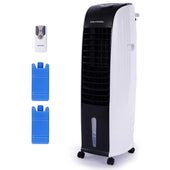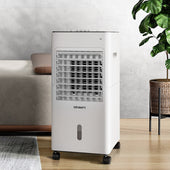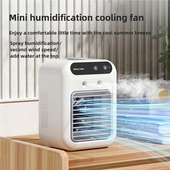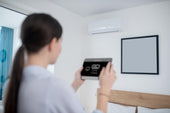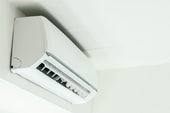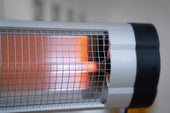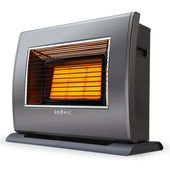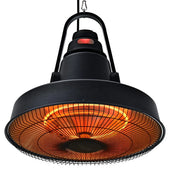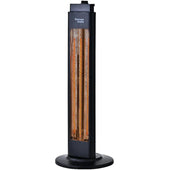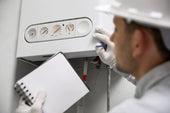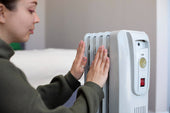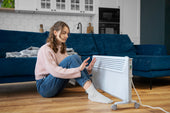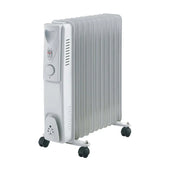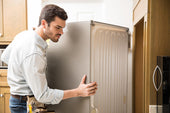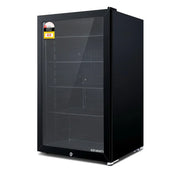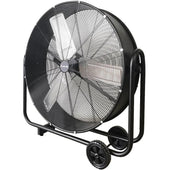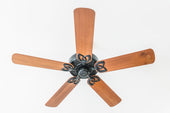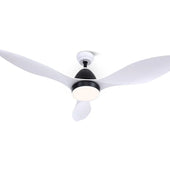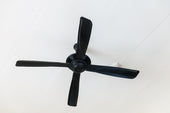Introduction: What Are Evaporative Coolers?
Evaporative coolers, also known as swamp coolers, are devices designed to cool air through the simple process of water evaporation. Unlike traditional air conditioners, they do not use refrigerants or compressors but instead rely on the natural principle of thermal energy transfer to reduce air temperatures. These coolers operate efficiently in low-humidity environments, making them ideal for dry climates. Typically, an evaporative cooler consists of a fan, a water reservoir, and pads that absorb moisture. As warm air is drawn in and passed through the damp pads, it loses heat, resulting in fresh, cool air being distributed.
The Science Behind Evaporative Cooling
Evaporative cooling relies on the principle of latent heat transfer and phase change to lower air temperature in dry climates. During Days explains that It occurs when heat energy facilitates water’s transformation from liquid to vapour, absorbing heat from the surrounding air in the process. This phase change reduces the air’s temperature effectively, creating a cooling effect.
Key components that drive this process include:
- Water Saturation: Air must be dry enough to absorb moisture from the evaporative cooler. Lower humidity enhances performance.
- Airflow: Fans are essential for drawing warm air through moist pads, where evaporation takes place.
- Temperature Difference: Hot air makes the cooling process more efficient, as higher temperatures amplify the evaporation rate.
Why Evaporative Coolers Are Perfect for Dry Climates
Evaporative coolers function best in regions with low humidity levels due to their reliance on the process of evaporation. In dry climates, the air's lack of moisture allows water to evaporate rapidly, enhancing the cooling effect. The system uses this natural process to reduce air temperature, delivering crisp and refreshing air.
Key advantages include:
- Highly efficient cooling: The lower humidity maximises efficiency, making evaporative coolers more energy-efficient compared to conventional air conditioners.
- Additional moisture: They increase indoor humidity, which is beneficial in dry areas.
- Cost-effective operation: Running costs are lower as they consume less electricity.
This makes them ideal for arid and semi-arid locations.
Key Components of an Evaporative Cooler
An evaporative cooler functions effectively due to several crucial components, each contributing to its operation:
- Cooling Pads: Made from materials like cellulose or aspen wood, these pads provide a large surface area for water evaporation.
- Water Reservoir and Pump: The reservoir stores water, which the pump circulates continuously to keep the cooling pads moist.
- Fan or Blower: This component draws warm air through the damp cooling pads, accelerating the evaporation process and distributing cooled air.
- Motor: Powers the fan or blower, ensuring consistent airflow.
- Housing Unit: Encases all internal components, often designed with vents to facilitate air circulation.
These elements work in unison to cool air efficiently.
How Evaporative Coolers Work: A Step-by-Step Process
Evaporative coolers utilise the natural process of evaporation to lower air temperature. Their functionality relies on the interaction between warm air and water. Below is a step-by-step overview of how evaporative coolers operate:
- Air Intake: Fans pull warm and dry outside air into the cooler. This air needs to be low in humidity for the process to be effective.
- Water Absorption: The air flows through specialised pads soaked with water, usually made of absorbent materials.
- Evaporation: As the warm air passes over the wet pads, the heat leads to evaporation, cooling the air significantly.
- Distribution: The cooler releases the cooled air into the space through vents, creating a refreshing environment.
- Continuous Cycle: The system constantly cycles fresh air to maintain efficiency, ensuring uninterrupted cooling.
The Role of Water and Air in Evaporative Cooling
Evaporative cooling relies on the interaction between water and air to lower temperatures effectively. When water absorbs heat, it changes from liquid to vapour, a process known as evaporation. This cooling effect occurs when warm air passes through moistened pads inside the cooler, causing water molecules to evaporate, thus reducing the air’s temperature.
Air flow plays a critical role in the system’s efficiency. Proper circulation ensures that cooler, humidified air is distributed evenly into the environment. Additionally, the drier the surrounding air, the more effective the evaporation process, as dry air can absorb more moisture than humid air.
Comparing Evaporative Coolers to Air Conditioning Systems
Evaporative coolers and air conditioning systems differ significantly in their operation, efficiency, and suitability for varying climates. Evaporative coolers rely on the natural process of water evaporation to cool air, making them energy-efficient and eco-friendly. They are best suited for dry climates, where low humidity allows for optimal cooling performance. Conversely, traditional air conditioners utilise refrigerants and compressors to cool indoor environments, providing precise temperature control regardless of humidity levels.
Air conditioners consume more electricity and require tight insulation, whereas evaporative coolers are energy-saving and work effectively with open windows for air circulation. Maintenance needs also vary, with air conditioning systems requiring more complex servicing.
Benefits of Using an Evaporative Cooler in Arid Regions
Evaporative coolers offer an energy-efficient cooling solution especially tailored for arid climates. Unlike traditional air conditioners, they consume significantly less electricity as their operation relies on water evaporation instead of refrigerants. This makes them an environmentally friendly option by reducing carbon emissions.
In arid regions, the dry air optimises the evaporation process, enabling these coolers to deliver consistently effective cooling performance. They add moisture to the atmosphere, countering the discomfort caused by excessively dry conditions. Additionally, evaporative coolers are cost-effective to install and maintain, making them a popular choice in areas with high temperatures and low humidity.
Energy Efficiency and Environmental Impact of Evaporative Coolers
Evaporative coolers are known for their energy-efficient operation, consuming significantly less electricity compared to traditional air conditioning systems. Unlike refrigerant-based cooling, they rely on water evaporation, which eliminates the need for energy-intensive compressors. This results in reduced energy usage, making them an eco-friendly alternative.
Their low electricity consumption contributes to a smaller carbon footprint. Additionally, these systems do not use harmful refrigerants, which can leak and harm the ozone layer.
Evaporative coolers, however, require regular water supply and are best suited for regions where water availability is not a concern. Proper maintenance is essential to optimise both efficiency and longevity.
Maintaining and Troubleshooting Your Evaporative Cooler
Proper maintenance is essential to ensure the efficient operation of an evaporative cooler. Key tasks include:
- Regular Cleaning: Remove dust and debris from the filter pads and water reservoir. Clean the cooler’s exterior to prevent blockages.
- Checking Water Levels: Ensure the water level is adequate and adjust the float valve if necessary.
- Inspecting Components: Examine the fan, motor, and belt for wear. Replace or tighten as needed.
- Changing Pads: Replace the evaporative cooler pads annually or when mineral deposits reduce efficiency.
For troubleshooting:
- Inspect power connections if the unit fails to start.
- Ensure water distribution is even over the pads.
- Address unusual noises by lubricating or repairing moving parts.
Limitations of Evaporative Coolers: What You Need to Know
Evaporative coolers, while effective in specific conditions, have several limitations that users should consider:
- Humidity Dependence: These systems work best in dry climates, as higher humidity levels significantly reduce their efficiency. In humid areas, the cooling effect becomes minimal.
- Limited Temperature Control: Unlike air conditioning, they cannot provide precise temperature adjustments, which may be inconvenient for some users.
- Water Usage: Continuous operation requires a steady water supply, leading to higher consumption, especially in water-scarce regions.
- Not Suitable for Sealed Spaces: Evaporative coolers necessitate airflow, making them unsuitable for enclosed or insulated spaces.
- Maintenance Needs: Regular cleaning is essential to prevent mould, mildew, and mineral buildup in the cooling medium.
- Weather Dependency: Their performance may fluctuate due to external weather conditions, making them less reliable in varying climates.
Evaporative Coolers Around the World: Regional Applications
Evaporative coolers find diverse applications globally, particularly in arid and semi-arid regions where their efficiency is maximised. These systems are heavily utilised in parts of the Middle East, where extreme temperatures and low humidity combine to create ideal conditions. In the southwestern United States, including Arizona and Nevada, evaporative coolers are favoured for residential cooling due to their energy efficiency.
In Australia, evaporative cooling systems serve as an economical alternative in dry interior regions like Adelaide and Alice Springs. They are also prevalent in India’s northern states during scorching summers. In Mexico, these coolers remain widespread in drier central areas, fulfilling both residential and industrial cooling needs. Strategies for optimising their performance across regions involve integrating advanced airflow designs and localised water conservation measures.
Tips for Maximising the Performance of Your Evaporative Cooler
- Ensure Proper Ventilation: Position windows or doors to allow a consistent airflow, enabling the cooler to expel warm air effectively. Insufficient ventilation can reduce cooling efficiency.
- Regularly Clean Cooling Pads: Dirty pads can block airflow and hinder evaporation. Clean or replace them according to the manufacturer’s guidelines.
- Use During Peak Humidity Conditions: Limit usage during high humidity. Evaporative coolers are most efficient in dry climates where evaporation occurs rapidly.
- Keep Water Levels Maintained: Check the reservoir regularly to ensure the correct water level, as insufficient water hampers cooling.
- Schedule Periodic Maintenance: Inspect fans, motors, and pumps for optimal functioning. Address wear and tear promptly to prevent performance issues.
Future Innovations in Evaporative Cooling Technology
Modern advancements in evaporative cooling aim to address efficiency, adaptability, and environmental impact. Researchers are exploring advanced cooling media that enhance water absorption while reducing airflow resistance.
Emerging smart technology integrates sensors and automation, enabling real-time performance adjustments based on humidity and temperature levels.
Nanotechnology is paving the way for materials with advanced heat tolerance and antimicrobial properties, improving durability and hygiene.
Design innovations focus on portable and compact models for residential and outdoor use.
To combat water scarcity, alternative solutions such as air-to-water systems are under development, optimising water usage while maintaining cooling effectiveness.
Conclusion: Embracing Sustainable Cooling Solutions for Dry Climates
Evaporative coolers offer a sustainable and energy-efficient method to combat high temperatures in dry climates. Their reliance on the natural cooling process of water evaporation reduces dependency on conventional air conditioning systems that consume excessive energy. Further benefits include reduced greenhouse gas emissions and lower operating costs, making them an eco-friendly alternative. These cooling systems are also simple to maintain and are adaptable for residential, commercial, and industrial applications. By integrating evaporative coolers, individuals and communities in arid regions can achieve indoor comfort while contributing to environmental conservation and long-term energy savings.


